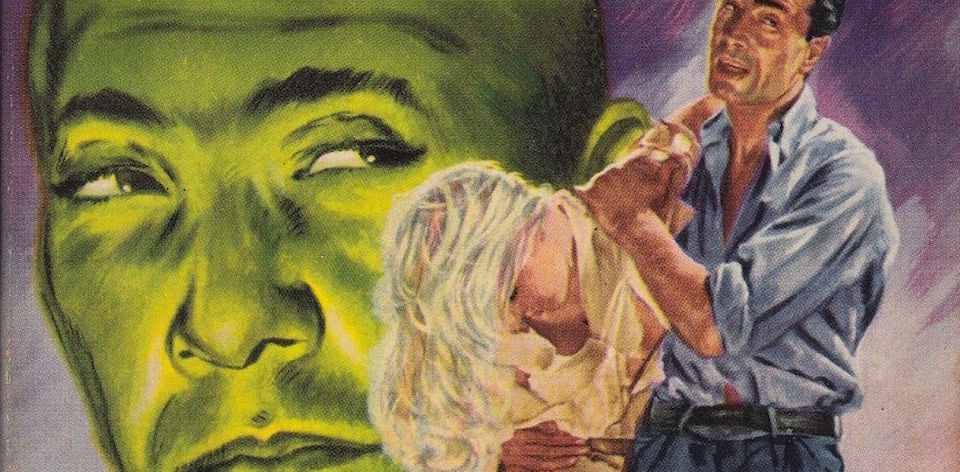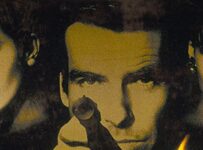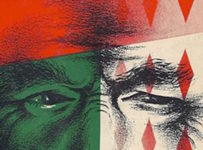Bond. James Bond. Is there a name more synonymous with spying, tuxedos, and shaken cocktails than the British secret agent? Join me as I read all of the James Bond books in 007 Case Files, encompassing Ian Fleming and beyond. For Your Eyes Only: there’s potential spoilers ahead.
Despite being the sixth book in the series, DOCTOR NO was perhaps the most quintessential Bond in the series at this point. At least as far as modern eyes and brains are concerned, ones that have been socialised through a few dozen variations on the super spy theme. It’s all here: a ridiculously named Bond Girl, an exotic locale, the Walter PPK, and a maniacal villain with an underground lair and a penchant for long speeches.
Of course, for some book this will be the book that jumped the proverbial shark. Or more appropriately, jumped the giant squid. Coming off the back of a cliffhanger ending in From Russia With Love, arguably one of Fleming’s most sophisticated and literary entries in the series, DOCTOR NO represents something of a more back-to-basics approach. As least as far as anything about Bond’s flings can be described as “basic.”
Bond’s recovery from his injury at the end of the previous book is almost dismissed as a mere plot starter during the exposition. UnlikeFrom Russia With Love, where Bond’s appearance took over 100 pages to manifest, Fleming doesn’t waste too much time before introducing his hero. M’s cushy pre-hospital assignment soon becomes a bigger crisis, setting the scene for something that viewers of the first Sean Connery movie will be well and truly familiar with. Right down to the Three Blind Mice. Sing it with me.
Which kind of brings us to the biggest issues modern readers will face with DOCTOR NO: Fleming’s problems with race and gender. We can only excuse a book being ‘of its time’ for so long, especially when Fleming’s voice (via Bond) perpetuates those views throughout a whole series. We’ve seen some fairly dodgy portrayals in the past outings (I’m looking at you, Live and Let Die), but even in Fleming’s beloved Jamaica there’s an almost sneering approach to non-whites. It’s “a Chinese,” or worse yet, a “Chegro,” Fleming’s portmanteau of choice for “Chinese negro.” The most insidious of these portrauals is with the Man Friday character of Quarrell, whose Jamaican patois is as groan-worthy as it is difficult to penetrate.
The race issue continues with the titular villain. Doctor No is also of Asian origin, described as insect like in his physical demeanour. That might be his metal mandibles for hands, of course, or the fact that he has literally carved out an empire from a mountain of bird crap. The first such Bond Villain prototype before the introduction of the infinitely parodied Blofeld, his elaborate trap of choice is a giant squid. As it wraps its tentacles around Bond, it’s hard not to recall the octopus/squid propaganda imagery used to signify the Axis during the Second World War. Lest we forget Fleming’s proximity to that event.
The gender infantalisation is embodied in Honeychile Rider. Another ‘broken’ woman in Fleming’s estimate – one of three characters in the canon to have survived rape, her nose was also broken in the encounter – she is a Venusian vision of perfection in all other aspects. She is Bond’s equal in many respects, a capable survivalist with a brilliant mind for the natural world, but still subordinate to the ultimate in alpha males. Fleming achieves this by casting her as a kind of innocent savage: fearsome and unabashedly naked when she’s hunting for shells, terrified and confused by something like clothing. So I think the term I’m looking for is “hetero male fantasy.”
Speaking of fantasies, Fleming pushes his hero to his physical limits again. Following his extreme torture in Casino Royale, Fleming has the sinister Doctor No run Bond through an obstacle course that tests the limit of human pain. Question for the ages: convenient plot device, or a writer’s fetish? You be the judge.
DOCTOR NO began some of its life as an unrelated TV series called Commander Jaimaica, which might explain some of the cinematic leanings of this book. When people think about Bond, regardless of whether they have read a book or seen a film, it’s this kind of plotting and narrative they think about. Once the book kicks into high gear, it rips along at a pace. It’s not necessarily an ideal place to start, but if people wanted to dip into a single volume looking for that cool retro spy vibe, this pretty much has all the bases covered.





